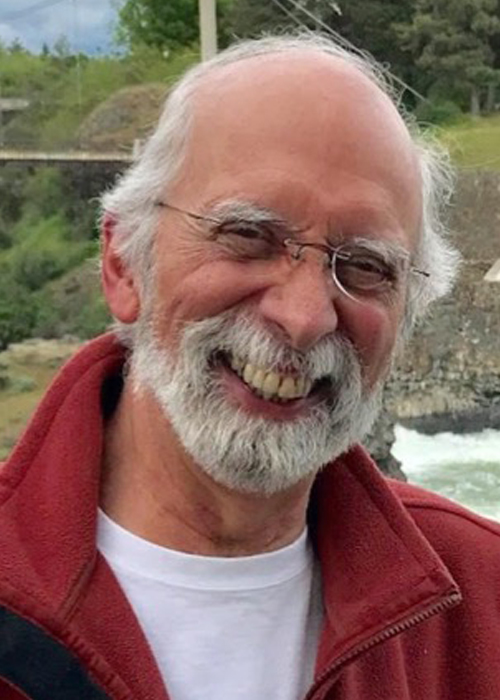On-Demand
Earn CEUs: $45 Add to Cart
Select this option if you would like to earn CEUs from this webinar. This may involve a quiz at the end of the webinar. You will not be allowed to fast-forward.
Webinar Only: $35 Add to Cart
Select this option if you would like to watch the webinar and not obtain CEUs.
Webinar Description:
Landscape Architecture as Storytelling introduces a comfortable, uncomplicated approach to doing design based on things you do every day without thinking about how you do them: read, write, and tell stories.
Landscape Architecture as Storytelling grows out of an analogy that interrelates language, basic design, and landscape design. All designers, clients, and those left to enjoy our landscape designs use language. We all tell stories. And we all read the landscapes we traverse day in and day out. These activities are blended into a unique approach to landscape architectural design the brings people to the front of the design process and greatly reduces assumptions that typically exist between clients and designers.
The fact that people read their landscapes means that as designers we can “author” landscape narratives. Through storytelling a unique narrative-storyboard-design approach enables designers, clients, and a sample of those who come to enjoy the final built landscape to work collaboratively and with a mutual understanding throughout the design process.
John Simonds epiphany, in the Epilogue of Landscape Architecture (1961), that we design experiences and the spaces, places, and things that make up a landscape design grow out of the experiences is the foundation of a three-step approach to landscape architectural design. The narrative-storyboard-design approach brings the likely end users, those who will be left to enjoy the final design, to the front of the design process as characters in a short narrative.
Step 1, the designer writes a short first- or second-person narrative that expresses the design users’ anticipated experiences. After reviews with peers, clients, and potential end users, the Second Step has the designer turn the written narrative into a storyboard. The storyboard, again reviewed and responded to by others, is refined and then interpreted into the final design.
Webinar participants will be introduced to the language, basic design, and landscape design analogy and the three-step narrative-storyboard-design process through numerous examples, a couple simple exercises, and a case study.
Learning Objectives:
1. Learn how to use storytelling as a landscape narrative design process
2. Use a design's end-users' anticipated experiences to develop a design that
speaks to people; or, how to avoid using design jargon.
3. Apply a unique 3-step approach to landscape design: narrative writing, story boarding, and final design.

Bob Scarfo
Bob taught and practiced landscape architecture in Canada and the United States. An associate professor at WSU Spokane’s Interdisciplinary Design Institute for 19 years, he is a registered landscape architect in Washington and Massachusetts. His Bachelor and Masters Landscape Architecture degrees were earned at UMass Amherst. His Masters and PhD degrees in Geography were earned at Clark University in Worcester, MA. He consults under Land and Life®LLC in Spokane, Washington. Bob’s understanding of emerging global trends enabled him to join, in workshop settings, seemingly diverse, yet mutually-beneficial, professions. His joining of gerontologists and landscape architects, architects, and land planners became Re-creating Neighborhoods for Successful Aging (2009; Health Professions Press). Bob assists professionals and local community leaders realize they can collaboratively contribute to the form, character, and content of healthy living environments in an era of growing dramatic change. At this time his hope is to be able to share through workshops and talks what he learned about people- centered design while producing Landscape Architecture as Storytelling.

